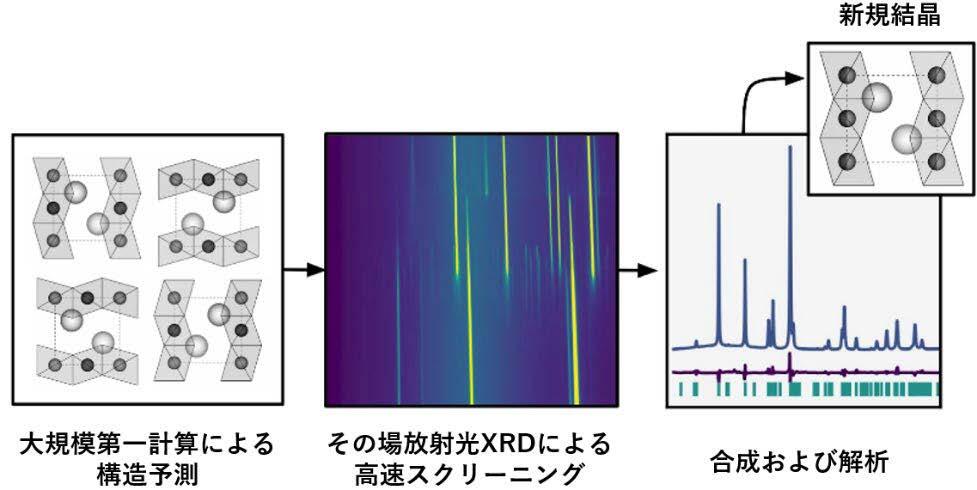2024-10-15 ミネソタ大学
<関連情報>
- https://cse.umn.edu/college/news/new-study-investigates-insecticide-contamination-minnesotas-water
- https://www.sciencedirect.com/science/article/abs/pii/S0048969724065677
ミネソタ州における地下水中のネオニコチノイドとフィプロールの存在と分布: 岩相、土地利用、地形の影響 Occurrence and distribution of neonicotinoids and fiproles within groundwater in Minnesota: Effects of lithology, land use and geography
Grant J. Goedjen, Paul D. Capel, John D. Barry, William A. Arnold
Science of The Total Environment Available online: 22 September 2024
DOI:https://doi.org/10.1016/j.scitotenv.2024.176411
Graphical abstract

Highlights
- Neonicotinoids and fipronil are detected in shallow, unconfined springs and wells.
- Redox indicators and groundwater age relate to detection/levels of neonicotinoids.
- Land use and impervious area are drivers of neonicotinoid presence in groundwater.
- High conductivity aids the conveyance of neonicotinoids into deeper aquifers.
- Springs appear to be particularly susceptible to neonicotinoid contamination.
Abstract
Due to the widespread use of insecticides in agriculture and for urban pest control, there is the potential for contamination of groundwater systems. Five neonicotinoids, fipronil, and nine transformation products (desnitro-imidacloprid, imidacloprid olefin, imidacloprid urea, acetamiprid-n-desmethyl, thiacloprid amide, 6-chloronicotinic acid, fipronil desulfinyl, fipronil sulfide, and fipronil sulfone) were studied in samples from 15 springs and 75 unique wells from 13 counties over four years (2019–2022) in Minnesota. Up to 13 neonicotinoids and fiproles were identified in groundwater samples from springs and 10 from wells. Springs were particularly susceptible to contamination, with clothianidin found in 41 % of springs (maximum concentration: 200 ng/L) followed by thiamethoxam (31 %), imidacloprid (22 %), thiacloprid (19 %), and acetamiprid (12 %). Clothianidin was the most common analyte in well samples (13 %), followed by thiamethoxam (12 %), acetamiprid (14 %), imidacloprid (10 %), and thiacloprid (2 %). Hydrostratigraphy was an important factor in neonicotinoid detection with frequencies of detection highest in sandy or karst aquifers. Regional land use, especially the fraction of agricultural land, and imperviousness influenced observed concentrations within springsheds and well catchment areas. There were several significant correlations between neonicotinoid detections with geochemistry indicators including tritium/groundwater age, dissolved oxygen (DO), and total nitrate plus nitrite (total oxidized nitrogen).



